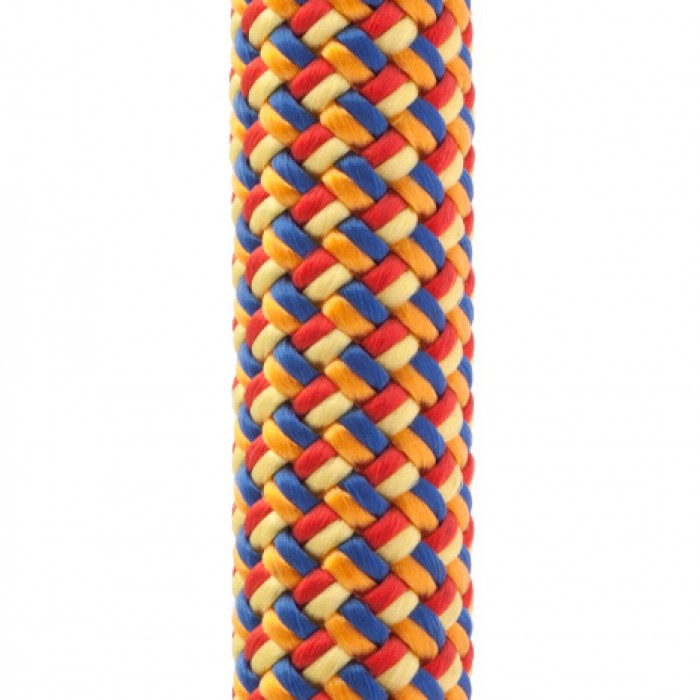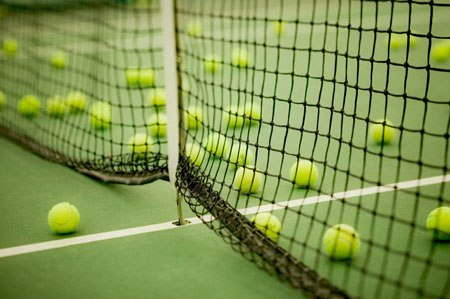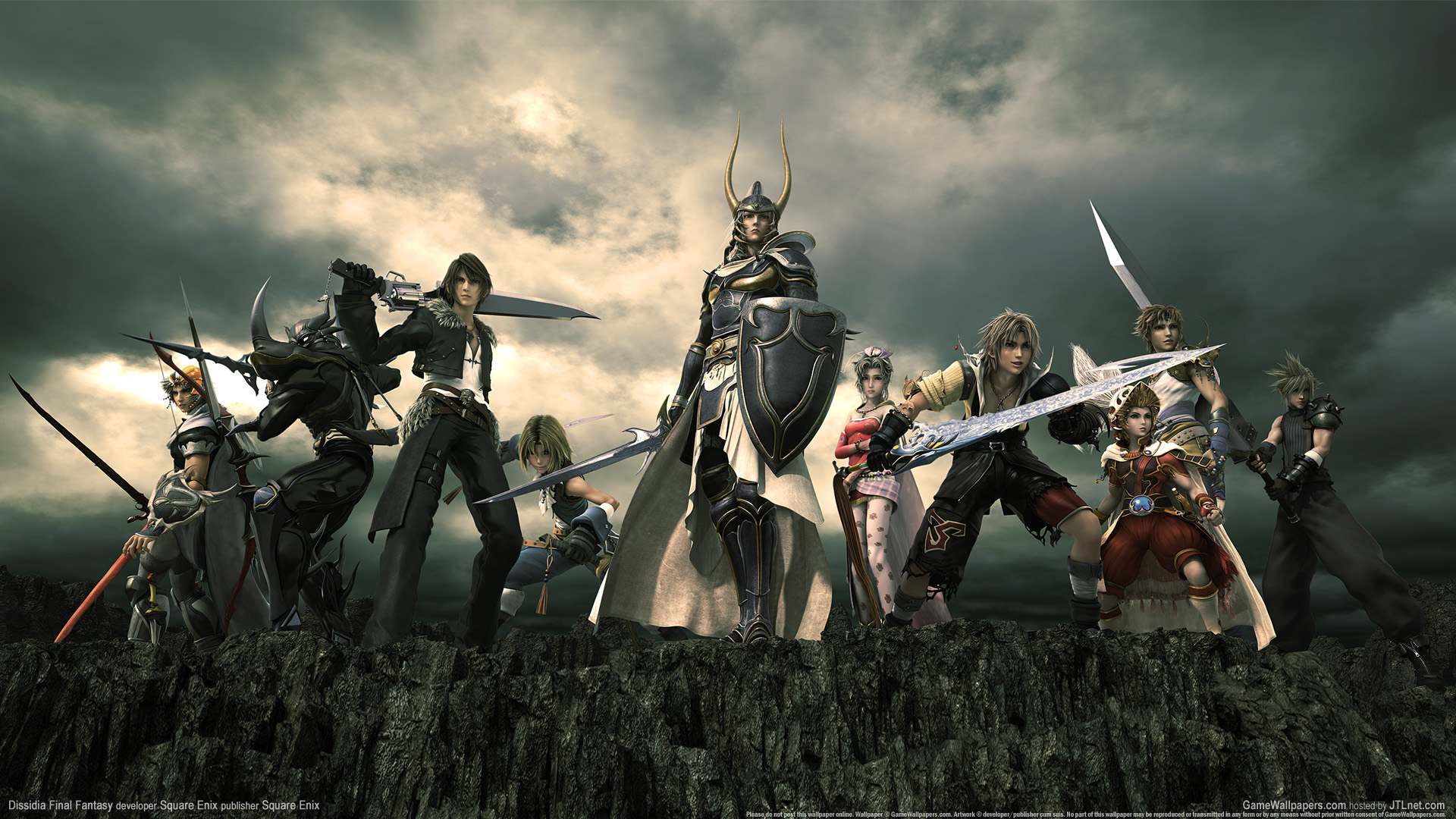Weave A Strong Rope For Better Tennis
 Sunday, January 11, 2015 at 11:57AM
Sunday, January 11, 2015 at 11:57AM  CAtennis
CAtennis  Here at CAtennis, we often interact with people who want to know what it takes to become a top-level tennis player. The analogy that we often use is that of a tightly knit rope made up of individual fibers. One element on its own is insufficient to make a strong rope resulting in fraying and breaking during the process. For the rope to be strong enough to hold, all of the strands play an important role and each strand interacts with another throughout the process. Although, interms of tennis, the elements are numerous, here is a short list that should be present (in various degrees) in order to allow the player to climb all the way to the top:
Here at CAtennis, we often interact with people who want to know what it takes to become a top-level tennis player. The analogy that we often use is that of a tightly knit rope made up of individual fibers. One element on its own is insufficient to make a strong rope resulting in fraying and breaking during the process. For the rope to be strong enough to hold, all of the strands play an important role and each strand interacts with another throughout the process. Although, interms of tennis, the elements are numerous, here is a short list that should be present (in various degrees) in order to allow the player to climb all the way to the top:
1. Interest in the sport. It is important for both the ddeveloping player (usually a child) to have an honest interest in the sport. Sometimes, the child is born with a natural interest in tennis. Other times, the child becomes interested in the sport because the parents or someone close to the nuclear family is playing the sport. Whatever the situation, we believe that it is important for the
2. Physical traits. When it comes to development, "thleticism" is a contested topic . No parent wants to hear that her child is unathletic. Nevertheless, the fact remains that tennis requires good movement, speed, stamina and explosiveness. Although some kids are born with more athletic ability than others, the good news is that for the most part, with some pasison for the sport (see #1, above), athleticism can be trained.
3. Healthy home environment. It is important for the player to come home to a healthy and nurturing home environment - one that emphasizes the important things in life and where smiles and frowns are not tied to winning and losing. For example, when the child loses in a local tournament, is the car ride home more quiet or negative than usual? 90% of communication is unspoken and children are very good when it comes to learning by observing the behavior of adults. Even if the parent tries to console the child but does so in a depressed manner, the player will feel that something is not right. Similarly, if the kid wins and the parent is more excited than usual (e.g., get ice cream when, in other circumstances, ice cream wouldn't be tolerated), then the kid will start to think that winning and losing (as opposed to trying hard, having good attitude and implementing the things she learned in practice) are paramount. If at all, the family needs to be on board with the concept that developing as a player is a long process and the attitudes in the home shouldn't change with with tennis court results.
4. Discipline. Slightly related to the concept discussed above, it is important for the people involved to be discliplined about the endeavor. If tennis is important for you, then make sure that it takes precedence over other activities (other than school, of course). If you have a lesson at 2pm, be on time and don't postpone it or delay it for another thing. Stick with the schedule and have faith. If the player bounces around from sport-to-sport, then she may start to feel like tennis is not important. Eventually, the player will not only temper her interest but will also abdicate responsibility when it comes to her own training.
5. Good coaching. The elements of a good coach are far too broad to be encapsulated in a short post. However, it is important for a player to have a suitable coach at every level. Some coaches are great at the development stage - they may be more patient and have a better eye for technique. Other coaches may be better suited (in terms of skill and interest) at taking a player from the college level to the pro tour. Of course, some coaches are great at every level and these people are truly special. Nevertheless, if the player has outgrown the coach's abilities, switching to a new guide shouldn't be a tough decisions. After all, your elementary school teacher is not the same as your college professor. There's a time and place for every instructor in one's life. Few good coaches will try to keep a player captive. As a matter of fact, be wary of any coach who regards himself as the "end all and be all" of your tennis.
6. Patience. Learning anything is fraught with peaks, valleys and plateus. When observed objectively, some valleys be be peaks and vice versa. A player can lose a "big" match but the experience could be a positive one. Maybethe player executed the right "plays" or tactics (i.e., things that he learned in practice) but not at the right time. Maybe the player missed a lot of forehands but the overall technique was pretty close to perfect (and the mistakes could be attributed to "feel" or minor adjustments). Often times, the proverbial baby is thrown out with the bathwater because of lack of faith. If you have all the other factors and elements in order, stick with the program. Many times, the best results will come when you least expect them. Shots will start falling in; your tactics will start working. Have faith and and stick with the program.
7. Resources. Yes, tennis is an expensive sport. Does it mean that you have to "invest" millions into development? Heck no! Not every "problem" can be buried in cash. If the kid is not genuinely passionate about tennis, a 2 hour lesson might not achieve better results than a 1 hour lesson. Same outcome if the coach is not very interested or skilled. In addition, try to maximize the amount of learning that can be accomplished without spending money. Backboards, ball machine, practice matches, cross-training, etc. are often under-utilized aspects of the process. For example, many times the child will leave immediately after a lesson without spending any extra time working on her strokes against the wall or on the ball machine. Why not try to ingrain the concepts that she's just learned immediately after the lesson? Do you really need a coach to watch you hit serves and hand you balls?!
8. Training environment. It is important for the student to be immersed in environment that is conducive to learning. For example, although it may be luxurious to have your own tennis court in the back yard, it might be better for development if other kids worked hard on adjoining courts. Furthermore, having kids who are better, worse and of equal ability is extremely important. Players who may be "worse" make great practice partners because (a) they play like they have nothing to lose (often pushing you out of your comfort zone) and (b) you can practice certain things gainst them. Players who are better may give you a bigger ball while, at the same time, allowing you to swing out more freely. Players who are equal to your level add pressure to the situation. A good player needs to know how to handle all of these situations.
9. Appropriate competition schedule. Closely connected to #8, a player needs to have a healthy competition schedule. This doesn't just mean "designated" (or national) tournaments but also the set up of the events themselves. Some events should be used for practice; others for points. Pros don't participate in Grand Slams every week and neither should developing players. Lower level tournaments are great for picking up wins and for implementing things (be they strategies or strokes) that one has learned in practice.
10. Luck. Lastly, although athletes hate hearing it, a great part of success depends on one's luck. Sometimes, luck can be expressed in terms of talent (some players pick things up faster than others). Other times, luck comes down to health (whether the athlete is prone to injuries or freak accidents), timing (for example, when the player decided to get serious about tennis), family tragedies that may sideline you for a few months or years, or some other factor.
In the end, everybody is different so some of these elements may apply to a different degree in one person as opposed to another. Very few players are able to 'fire on all pistons' from the get-go. As a parent or player, if achieving a top level is a realistic goal, it is important to recognize these things and remain objective. For example, if the town is not big on tennis, it may be more important for the player to train against adults or travel to more tournaments. If coaching is sub-par or resources are lacking, it may be important for the player to supplement her tennis with cross-training. The player's skills might be deficient but she might frustrate opponents with her fitness and consitency. Therefore, before becoming dejected and giving up or blaming the wrong factors, step back and analyze your situation objectively. Perhaps you may be able to weave a strong enough rope from the materials at your disposal to pull yourself up to the desired level.




